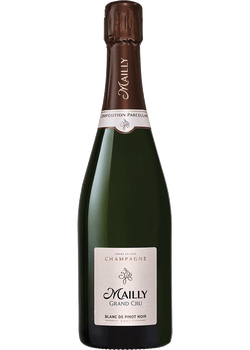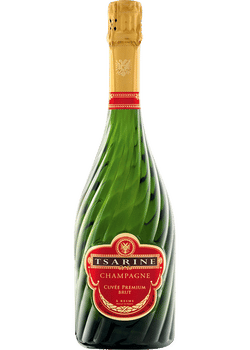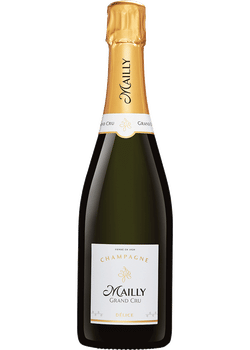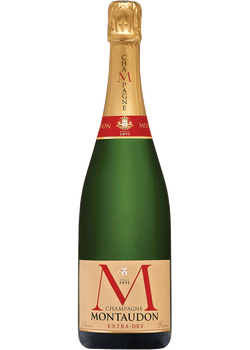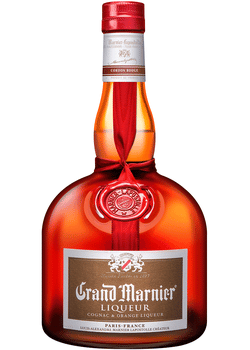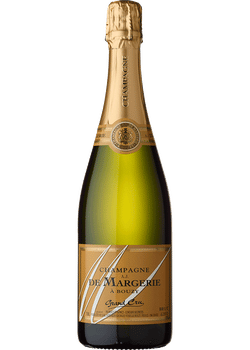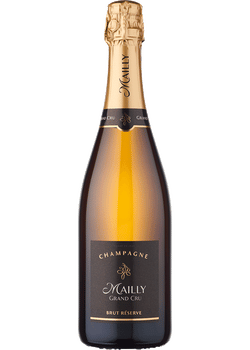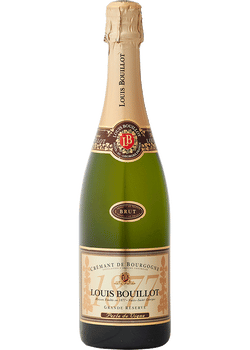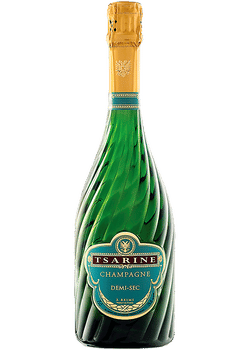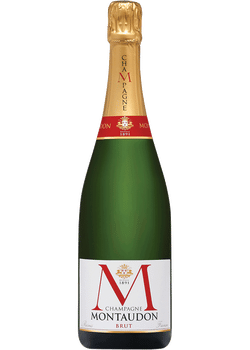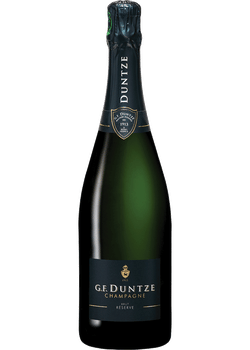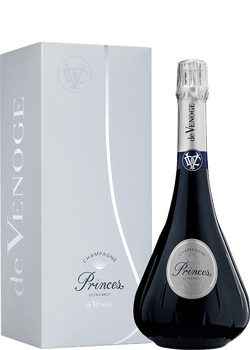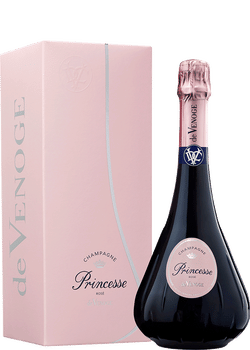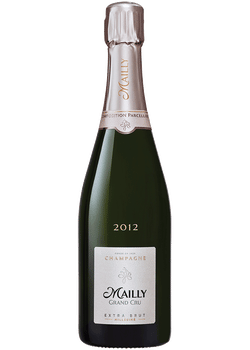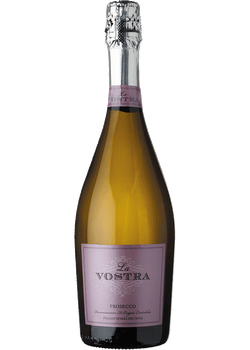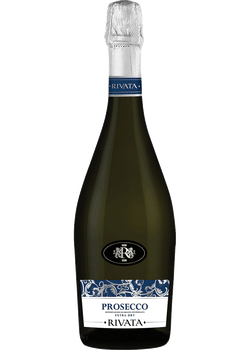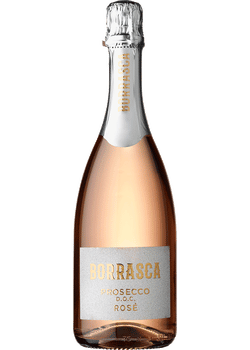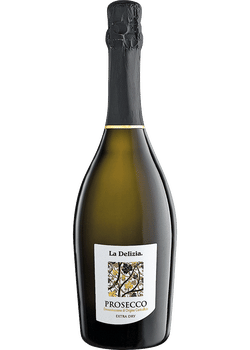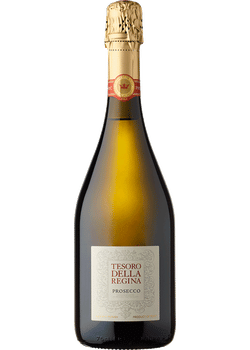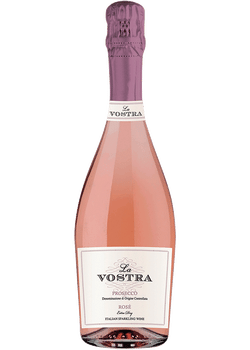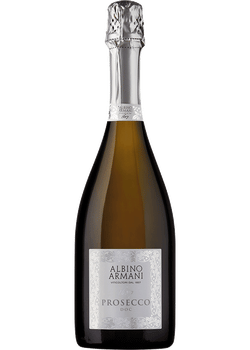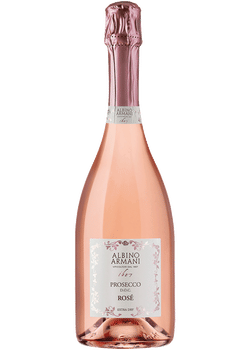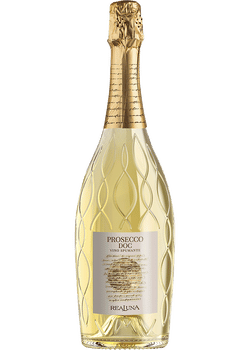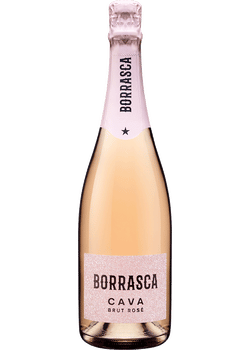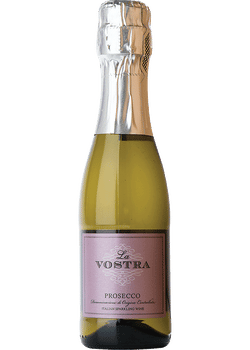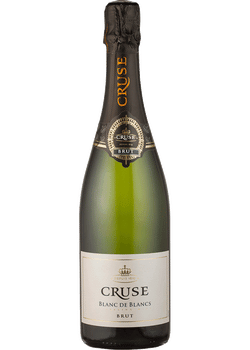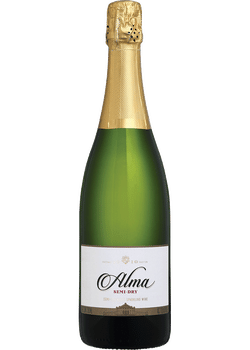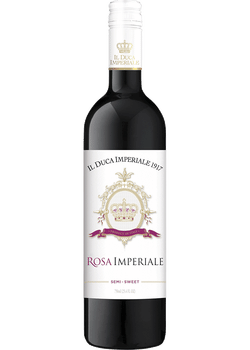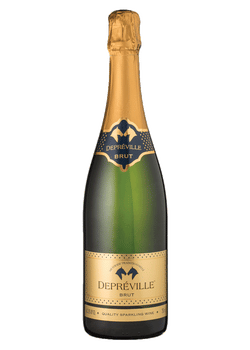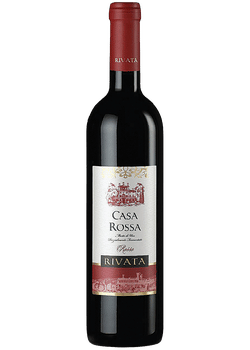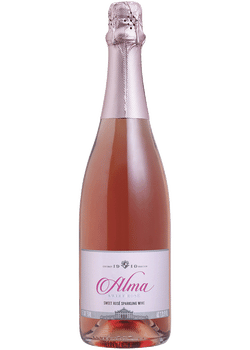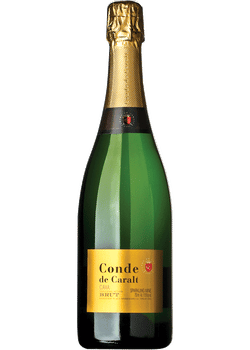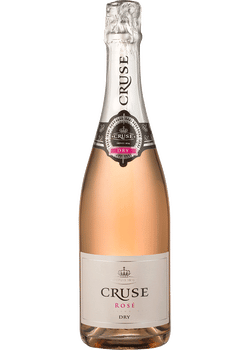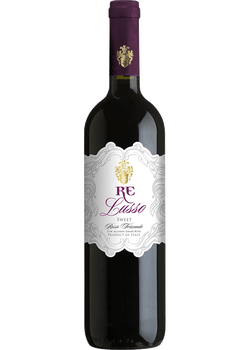If you genuinely adore bubbly, you’re happy with a glass of any sparkling wine—effervescence is your thing. And then there are those wine lovers who are loyal members of Team Champagne or Team Prosecco, and they would never think of crossing over. They’re both sparkling, but the two wines couldn’t be more different.
Prosecco and Champagne are both wildly popular and festive sparkling wines. They come from neighboring European countries, they’re made with a blend of grapes, and they’re equally fabulous for pairing with foods of all kinds. But beyond that, these two effervescent wines have very different personalities. Prosecco is light and playful with gentle flavors and bubbles, while Champagne is more serious with bolder flavors and effervescence. And if you’ve shopped for them, you know there’s a vast price difference between the two wines as well.
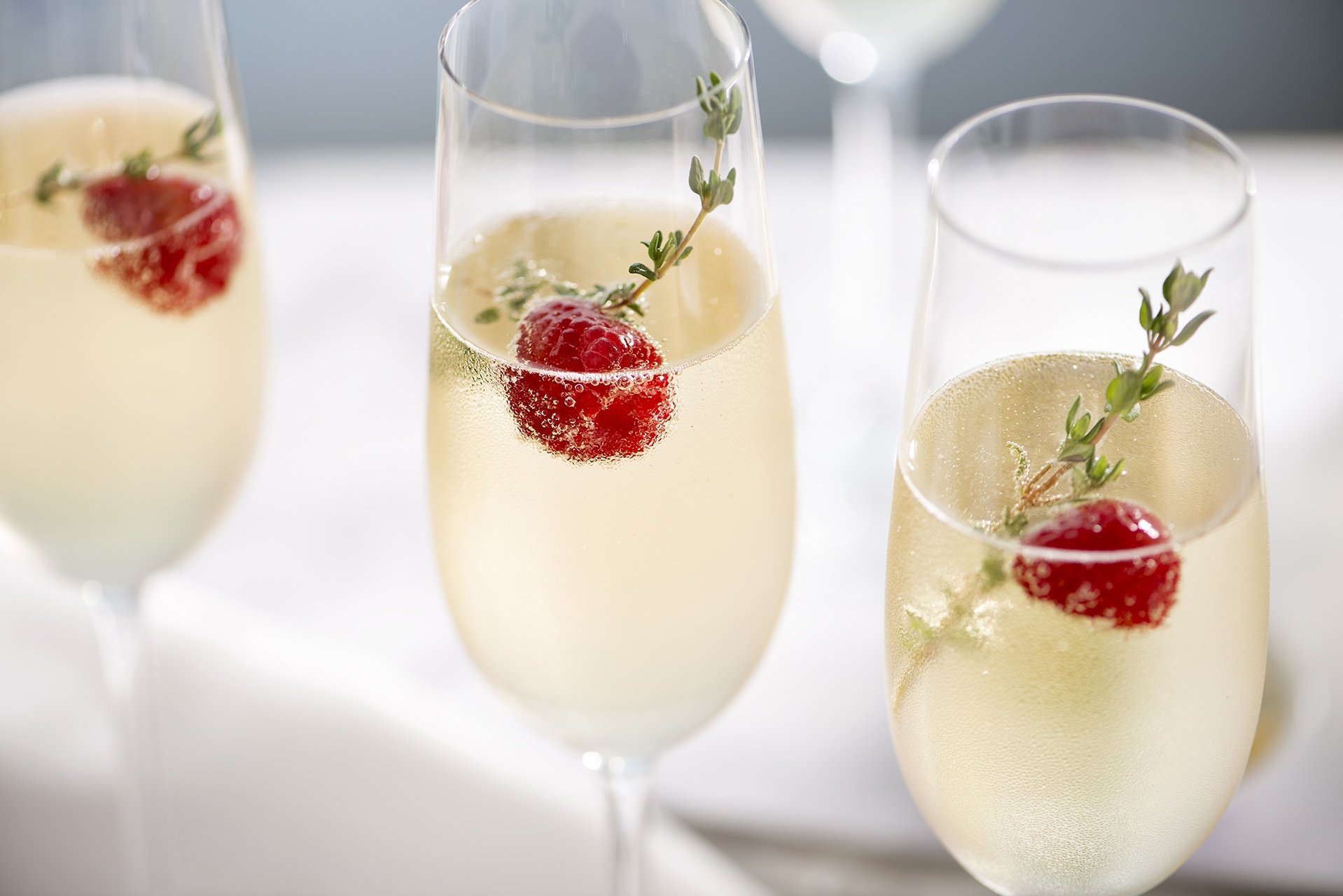
With our side-by-side comparison of their growing conditions, grapes, winemaking process, you’ll understand the different flavors found in Champagne and Prosecco.
Growing regions
The best sparkling wines come from the world’s cooler regions, and that’s true for both Champagne and Prosecco.
Champagne, France
Champagne is produced in the Champagne region of France, an area two hours east of Paris. It’s cool overall, with just 1650 hours of sunshine a year and an average temperature of 52 degrees Fahrenheit. The soils are mainly limestone and clay. The grapes are picked early, so they retain a lot of their natural acidity.
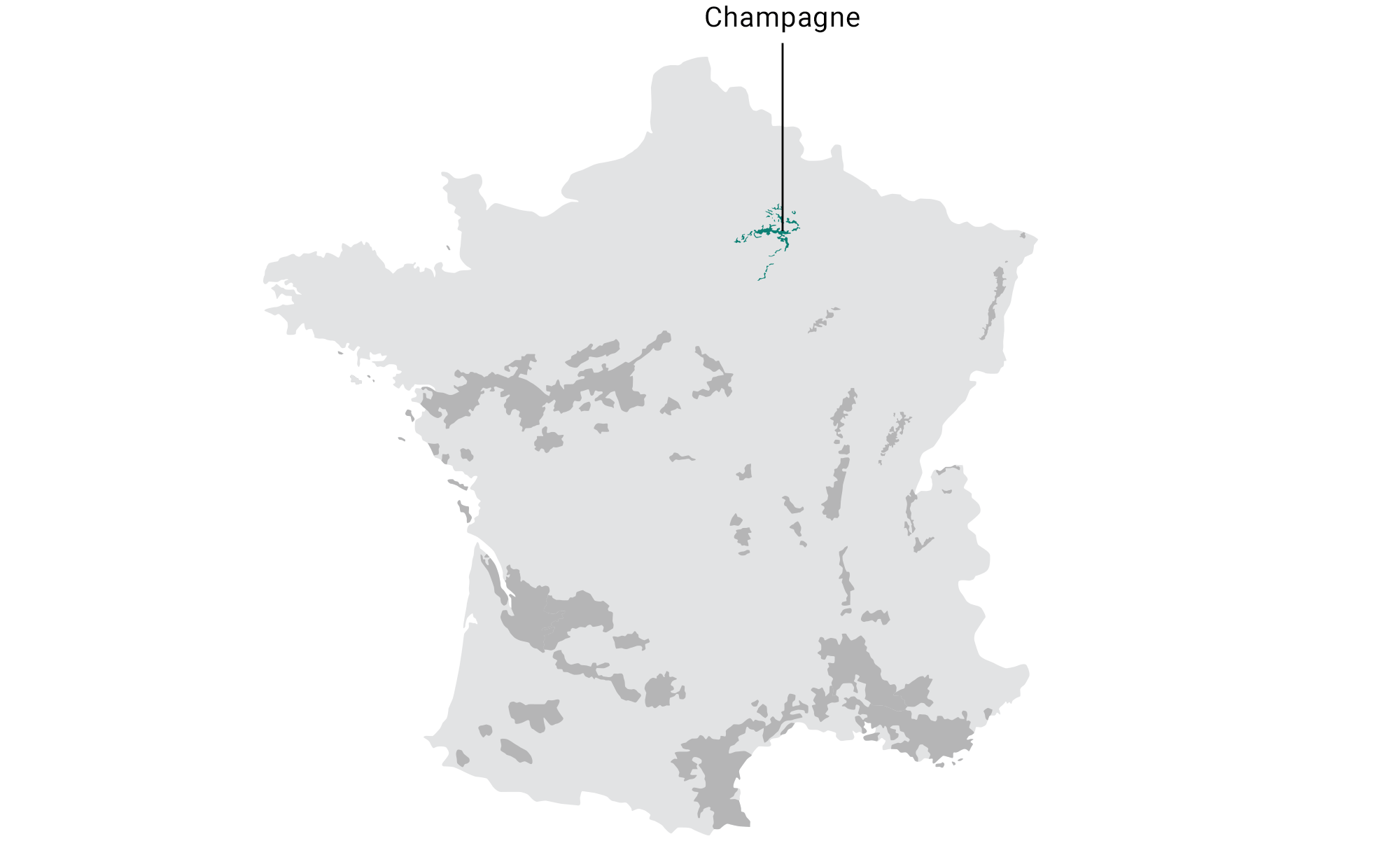
Customers top Champagne picks
Veneto, Italy
By contrast, Prosecco is made across the northeast Veneto region of Italy, but the best comes from the hilly region about an hour north of Venice, between the villages of Conegliano and Valdobbiadene. Adriatic Ocean breezes bathe the vineyards, but it’s still relatively warm. Conegliano has an average temperature of 54.4 degrees Fahrenheit and 2040 sunshine hours per year. Summer months can be hot, so the grapes are sweeter than those in Champagne.
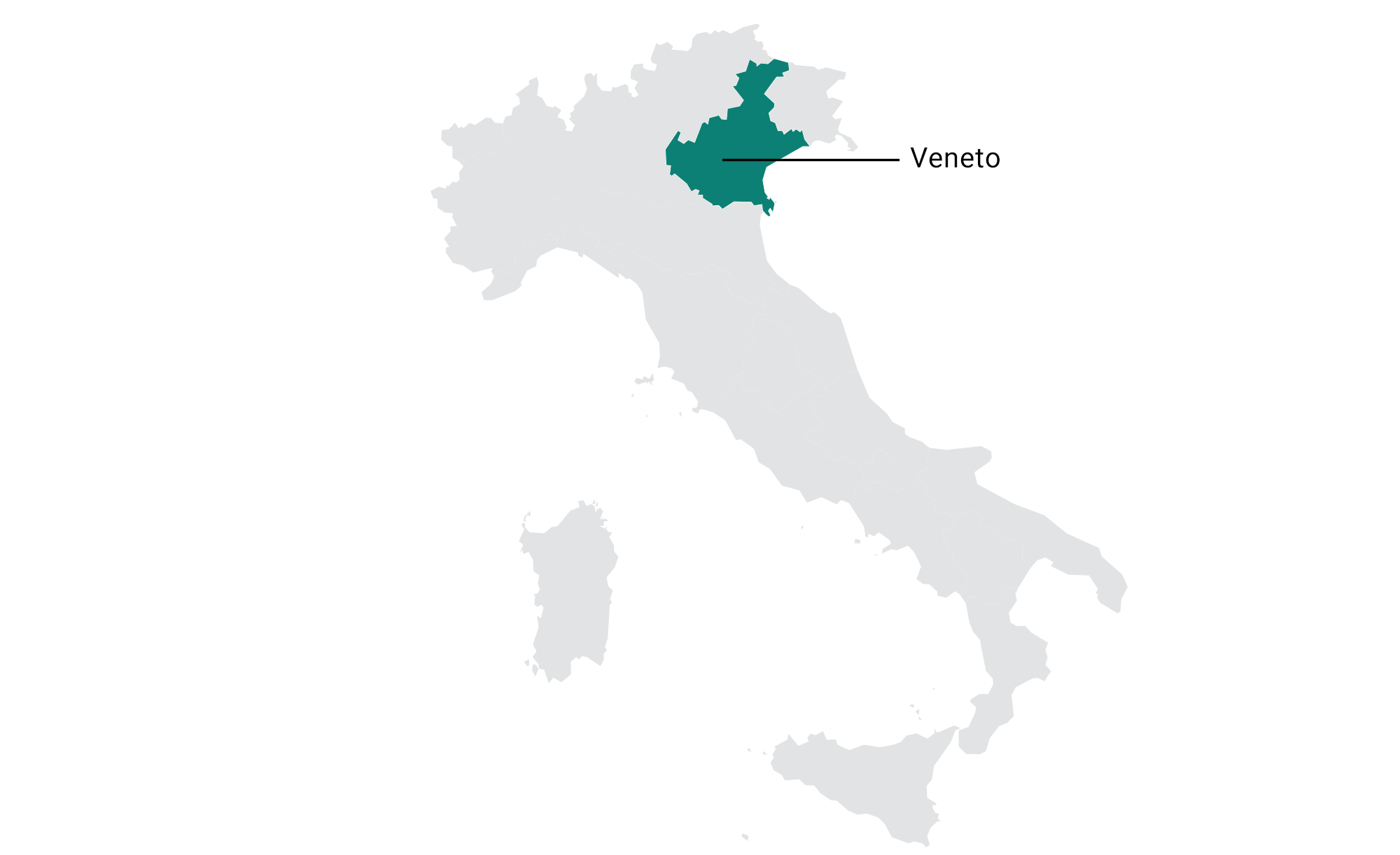
Customers top Prosecco picks
Grape blends
Most of the world’s best sparkling wines feature blends of grapes.
Champagne’s beauty is in the balance of grapes used to create a crisp, effervescent wine with depth and tension. Most Champagnes use three grapes: Chardonnay, Pinot Noir, and Pinot Meunier. Generally, Chardonnay adds structure and acidity, Pinot Noir adds richness, and Pinot Meunier adds fruity flavors and ageability.
Until recently, the main grape in Prosecco wine was also called Prosecco. It’s a pale golden-green varietal originally from Slovenia. It has soft apple, green pear, and floral notes. Things got confusing in 2009 when Italy established the new Prosecco Superiore designation for the very best Proseccos. So Italian wine authorities started calling the Prosecco grape glera, its local name in the Friulian dialect. While glera grapes are the primary varietal, some Proseccos also use Pinot Bianco and Ribolla Gialla, which add notes of peaches, apples, and flowers.
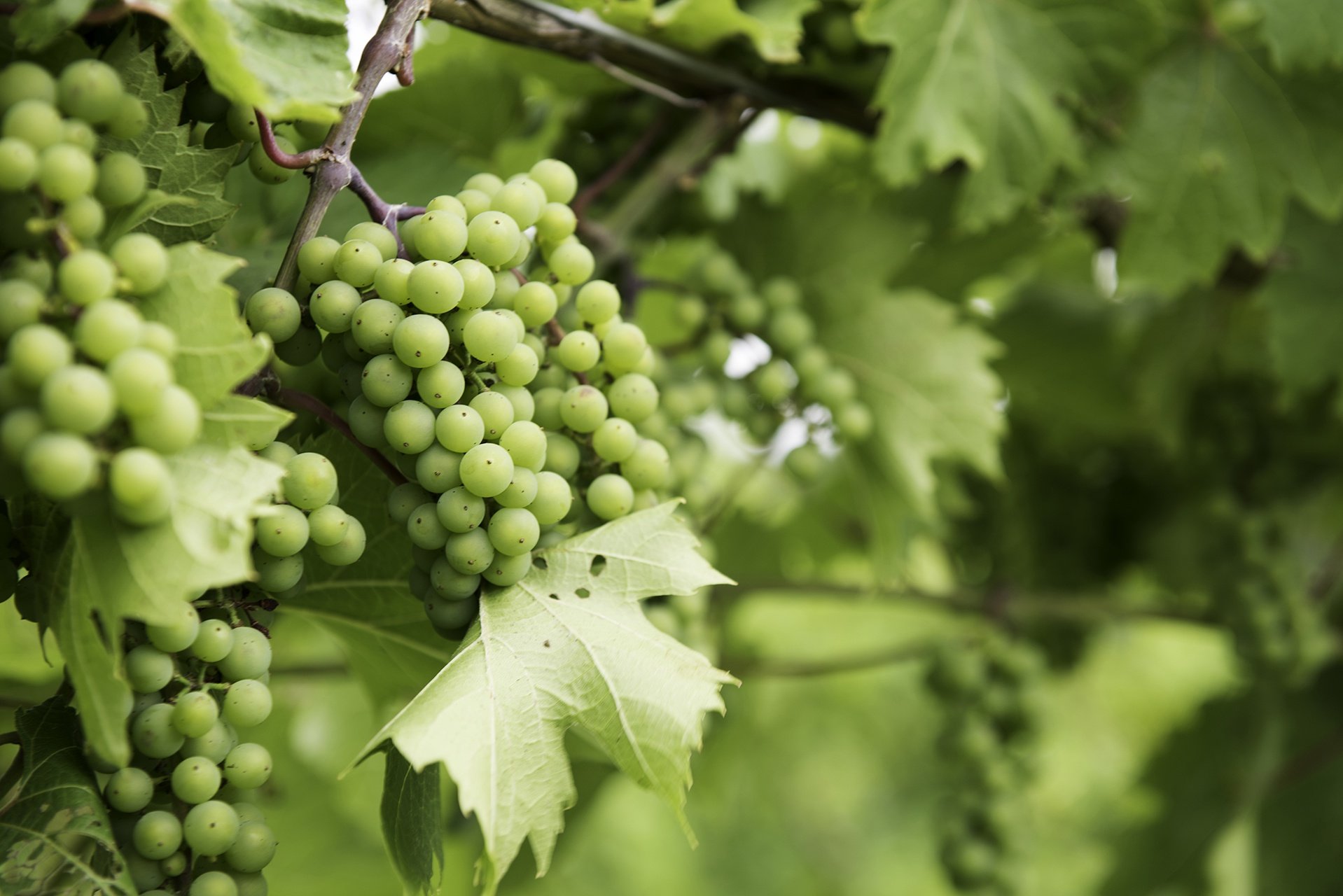
Winemaking process
Most sparkling wines undergo two fermentations. In the first fermentation for both Champagne and Prosecco, the yeast eats sugars in the grape juice and turns it into a base wine. But the secondary fermentation, which adds bubbles, is very different for Prosecco and Champagne, and those production methods give the wines distinctly different flavors.
Traditional method
With Champagne, the second fermentation always happens inside the bottle. The winemaker blends base wines and bottles them along with a bit of yeast and sugar. The yeast eats the sugar, and the CO2 bubbles infuse the wine. The dead yeast cells add flavor too, and the longer it’s in the bottle, the more toasty, nutty, and rich the Champagne becomes. Whenever the secondary fermentation is inside the bottle, it’s called the méthode champenoise or traditional method. It’s a time- and labor-intensive way to make sparkling wine, so Champagne costs about $40 or more per bottle.
Tank method
Prosecco’s second fermentation generally occurs in a large tank. Federico Martinotti was the first winemaker to make Prosecco in a tank, and he patented his method in 1895. Some Italians call this the Martinotti method. But it’s widely known as the Charmat method, after Frenchman Eugène Charmat, who patented a sparkling wine fermentation tank in 1907.
Base wine, yeast, and sugar are added to a large covered tank, and the CO2 created by the fermentation infuses the wine. Sometimes it’s a slightly bubbly frizzante wine. Other times, Prosecco is fermented until it’s just as bubbly as Champagne. But Prosecco isn’t aged with the yeast, so it preserves Prosecco’s natural floral and fruit aromas and flavors. Tank fermentation is fast and less expensive, so bottles of Prosecco usually cost $10 to 20, though the elite wines from the famed Cartizze Hill can cost $40.
Flavors and food pairings
All sparkling wines have relatively high acidity, making them refreshing, but Champagne and Prosecco vary in intensity.
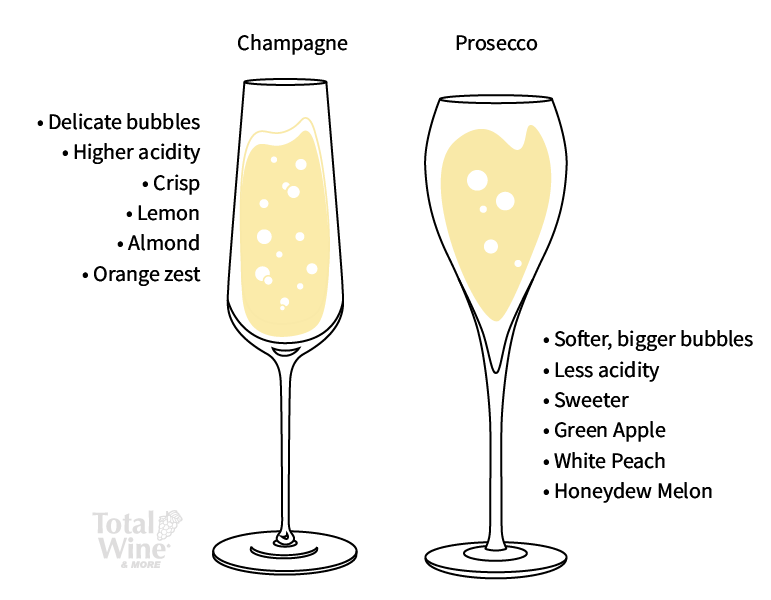
Champagne
Champagne has more delicate bubbles and more intense acidity, with a pH of about 2.5 to 3 (the lower the number, the higher the acid level). A brut Champagne is crisp with notes of lemon, golden apple, almond, orange zest, underripe cherries, and minerals. After aging on yeast, notes of buttered toast and hazelnuts can emerge.
Enjoy Champagne solo in a classic Champagne cocktail. Since Champagne costs $40 or more a bottle, you want to appreciate the flavors rather than covering them up with mixers. If it’s a wine with more Pinot Noir, sip it with rich foods like lobster, oysters, sushi, French fries, fried chicken, Brie cheese, or a juicy burger, if it’s a wine with more Pinot Noir.
Prosecco
Prosecco has softer, bigger bubbles and less acidity, with a pH of about 3.5. Prosecco is often sweeter, so the bite isn’t as noticeable. Look for aromas and flavors of green apple, green pear, white peach, honeydew melon, and white flowers.
Prosecco shines with peaches in the Bellini cocktail, and its affordability makes it a good choice for sparkling sangria or fruity cocktails. Pair your Prosecco with salty white cheese, cured Prosciutto ham, eggs Benedict, omelets, fruit salad, sushi, tempura, shrimp, crab, and more delicate foods.
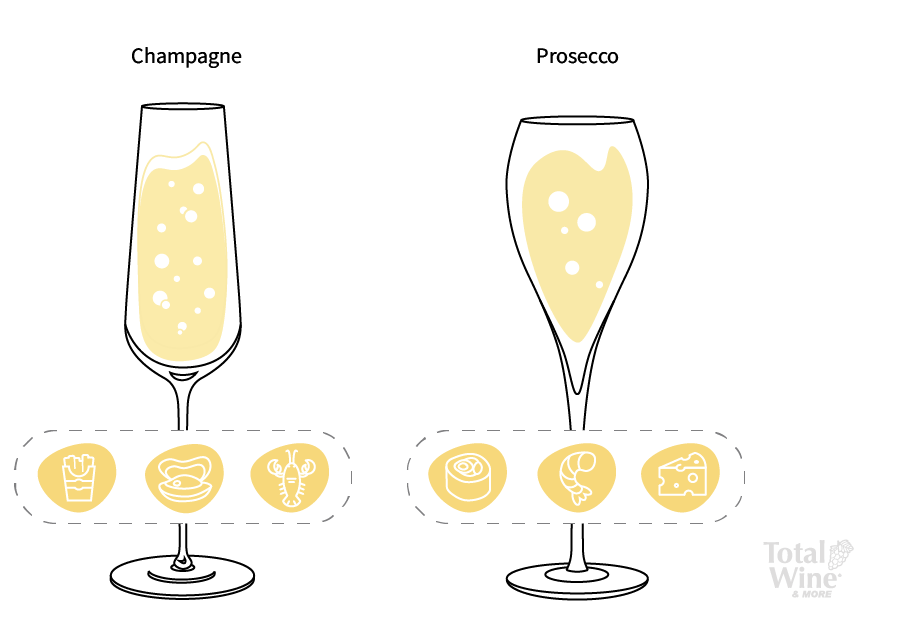
Are you interested in learning more about sparkling wines like Champagne and Prosecco? Explore the world of bubbly in our Guide to Sparkling Wine and Champagne.

